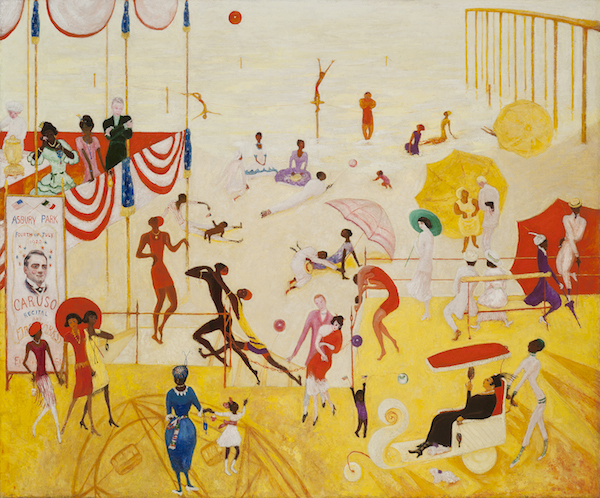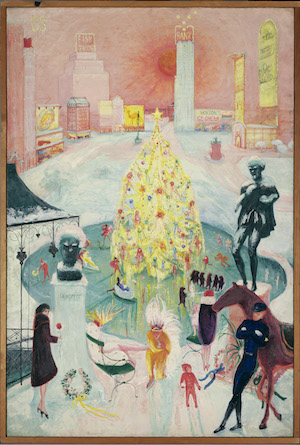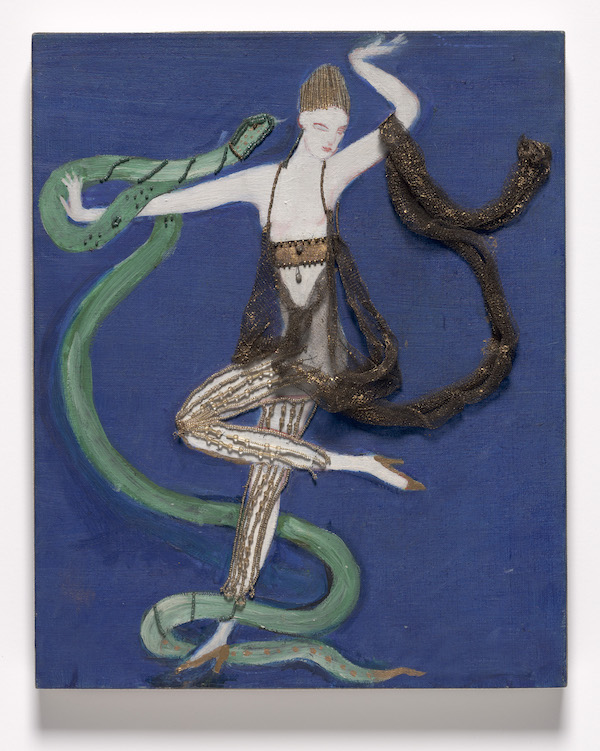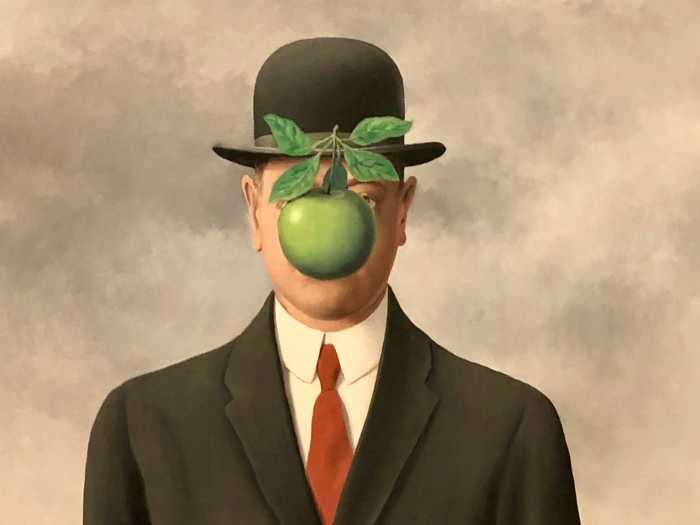
BY STEPHANIE BUHMANN | Marking the first major solo exhibition for the artist in over 20 years, “Florine Stettheimer: Painting Poetry” promises to help re-evaluate this great modernist’s importance. No less than 50 paintings, drawings, costume and theater designs, photographs, and ephemera will offer thorough insight into Stettheimer’s impressively eclectic output, which she delivered with an unusual mélange of whimsy and sharp satirical wit.

Born into a wealthy Jewish family in Rochester, New York, Stettheimer (1871-1944) studied at the Art Students League in New York City before heading to Europe. While there, she encountered perhaps her most significant influences: the Symbolist painters and poets, as well as the Ballets Russes. When Stettheimer returned to New York at the beginning of World War I in 1914, she was already in her mid-40s.
Though Stettheimer regularly accepted invitations to show her paintings at Whitney Annuals and Carnegie Internationals, she only agreed to one commercial solo show at Knoedler Gallery in 1916. When the latter proved unsuccessful, her sisters and mother offered an alternative by establishing an elite salon that attracted many of the leading avant-garde artists of the time, including Marcel Duchamp and Georgia O’Keeffe.
In the following years, Stettheimer would continue to depict aspects of her social and intellectual environment but refused any other gallery shows. Instead, she preferred to unveil new paintings to select friends in her studio overlooking Bryant Park. Painting life between the Gilded Age and the Jazz Age, Stettheimer’s work reflects a fast-changing world, in which the emancipation of women was one major achievement. Luckily, her family ignored Stettheimer’s final wish, which stipulated that her art should be destroyed after her death.
Through Sept. 24 at the Jewish Museum (1109 Fifth Ave. at 92nd St.). Gallery Hours: Sun.–Tues. and Sat.–Fri., 11am–5:45pm; Thurs., 11am–8pm. Admission: Adults, $15; seniors 65+, $12; students, $7.50; free for ages 18 and under. Thurs., 5–8pm, pay-what-you-wish. Call 212-423-3271 or visit thejewishmuseum.org.



































